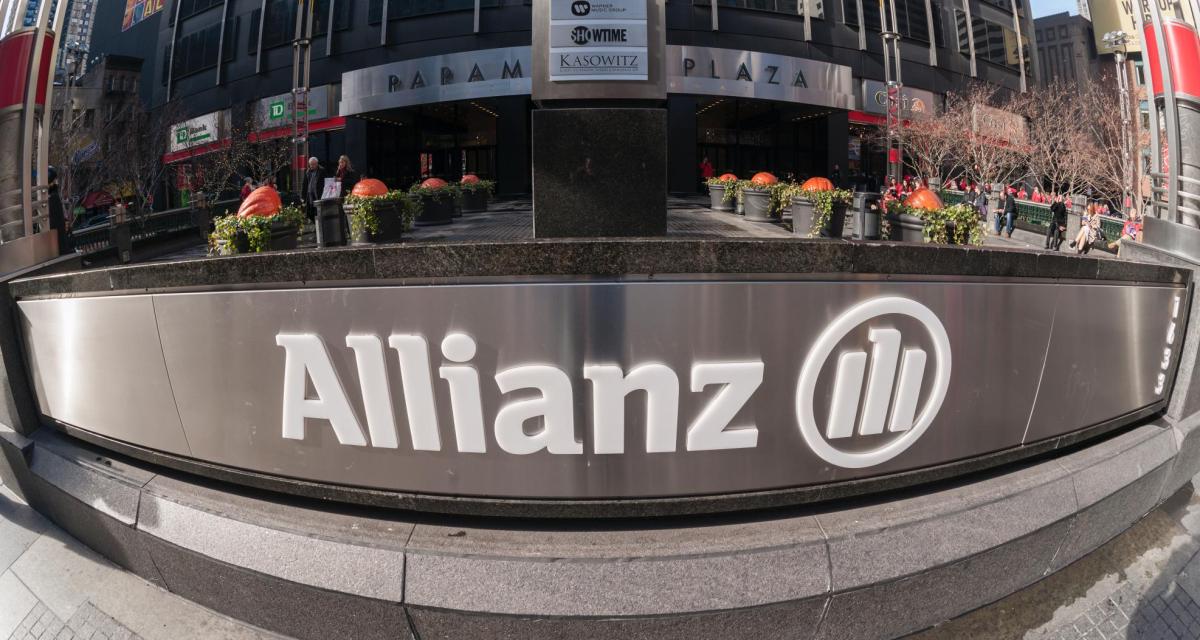Google dominates online ads, says antitrust trial witness, but publishers are feeling ‘stuck’
Google’s tool that lets publishers sell ad space on their websites is ubiquitous, but that’s largely a testament to how hard it is for customers to get out of it, one former publishing executive testified in federal court on Tuesday.
“I felt like they were holding us hostage,” said Stephanie Layser, a former programmatic advertising executive at News Corp (which owns brands like The Wall Street Journal and the New York Post) who now works at AWS. Layser was testifying as a government witness in the Justice Department’s second antitrust case against Google, which is accusing the company of monopolizing the markets for ad tech tools and illegally tying together two of its products.
Layser was one of three witnesses the court heard from on Tuesday, covering perspectives from the publisher side, the advertiser side, and inside of Google. Through their testimony, the government is attempting to paint a picture of a company that exerts so much control over the markets for ad tech tools that customers don’t walk away, even in the face of unfavorable changes. That’s because, according to the government, Google has protected its monopoly power, preventing adequate alternatives and true competition from emerging. Google, for its part, says the government is punishing it for success and trying to force it to deal with rivals on more favorable terms.
Layser felt captured by a change Google rolled out in 2019, which prevented publishers from setting higher floor prices just for Google’s ad exchange, AdX, under what it called unified pricing rules (UPR). With UPR, Layser said it was still possible to set different floors for other exchanges within each of their systems but not for Google’s. Publishers might want to set a higher floor price from AdX to enable more competition during ad auctions in the hope it would result in a higher price than the minimum they’re willing to accept, she said.
When Google introduced UPR, Layser set up a meeting with Google executives to express her concerns and said she believed the program was “in the best interest of Google and not in the best interest of their customers.” She didn’t recall how Google responded but said that “nothing changed,” and the program was implemented.
Despite her grievances, Layser said switching to a different tool was not a viable option. That’s because using Google’s publisher ad server, known at the time as DoubleClick for Publishers (DFP) and today as Google Ad Manager, was the only way to access the large base of Google advertiser demand with real-time prices — which is important in a system where computer-run ad auctions happen in milliseconds.
Layser even helped put together an analysis at News Corp considering the pros and cons of switching to another publisher ad server, AppNexus (later bought by Microsoft and rebranded as Xandr), but determined the risk of losing revenue without the same access to Google Ads demand was too great.
The decision didn’t really have to do with the quality or price of Google’s product, however, Layser testified. “DFP is a 25- to 30-year-old piece of technology. It’s slow and clunky,” she told the court. Google also provided News Corp less insight into their transactions than they could have gotten with AppNexus, Layser said. She “begged” Google for what she called “log-level data” but never got it. And because of DFP’s limitations, Layser said she was unable to take on projects she felt could maximize revenue. “I couldn’t innovate,” she said. “I felt stuck.”
“DFP is a 25- to 30-year-old piece of technology. It’s slow and clunky.”
Despite DFP’s supposed drawbacks, the Department of Justice alleges the tool has nearly 90 percent market share in the US. Layser, who previously consulted for upward of 70 publishers, said she could think of “maybe three publications out of hundreds that don’t use DFP.” Because of its near universality, she said there are “legions” of publishing professionals who have only ever worked with the Google tool in their whole careers.
During cross-examination, Google’s attorneys pointed out that News Corp believed itself to be competitive with Google in some areas, underscoring its claim that the DOJ is trying to force deals with rivals. In the analysis about switching to AppNexus, News Corp wrote that because Google owns a media business, it was unlikely to have aligned interests with Google long term.
Later in the day, the court heard from Jay Friedman, CEO of the Goodway Group, who shed light on the advertiser side of the market. Friedman testified that Google’s AdX has been the only exchange his company has not been able to negotiate fees with, even though its rate is higher than others. “We were told it wasn’t an option,” he said.
Then, the court heard prerecorded deposition from Eisar Lipkovitz, a former VP of engineering for display and video ads at Google. Lipkovitz said he still has “PTSD” from his time at Google and expressed frustration with colleagues who disagreed with his view of how the tools should work or moved too slowly on projects.
Lipkovitz said he recognized a potential conflict of interest in the way DFP and AdX were integrated, and he described those in the company who denied it as making “self-interested arguments.” Still, he credited a lack of alternatives to Google’s DFP to the difficulty of running such a product. “It’s a business that nobody wants,” he said.






